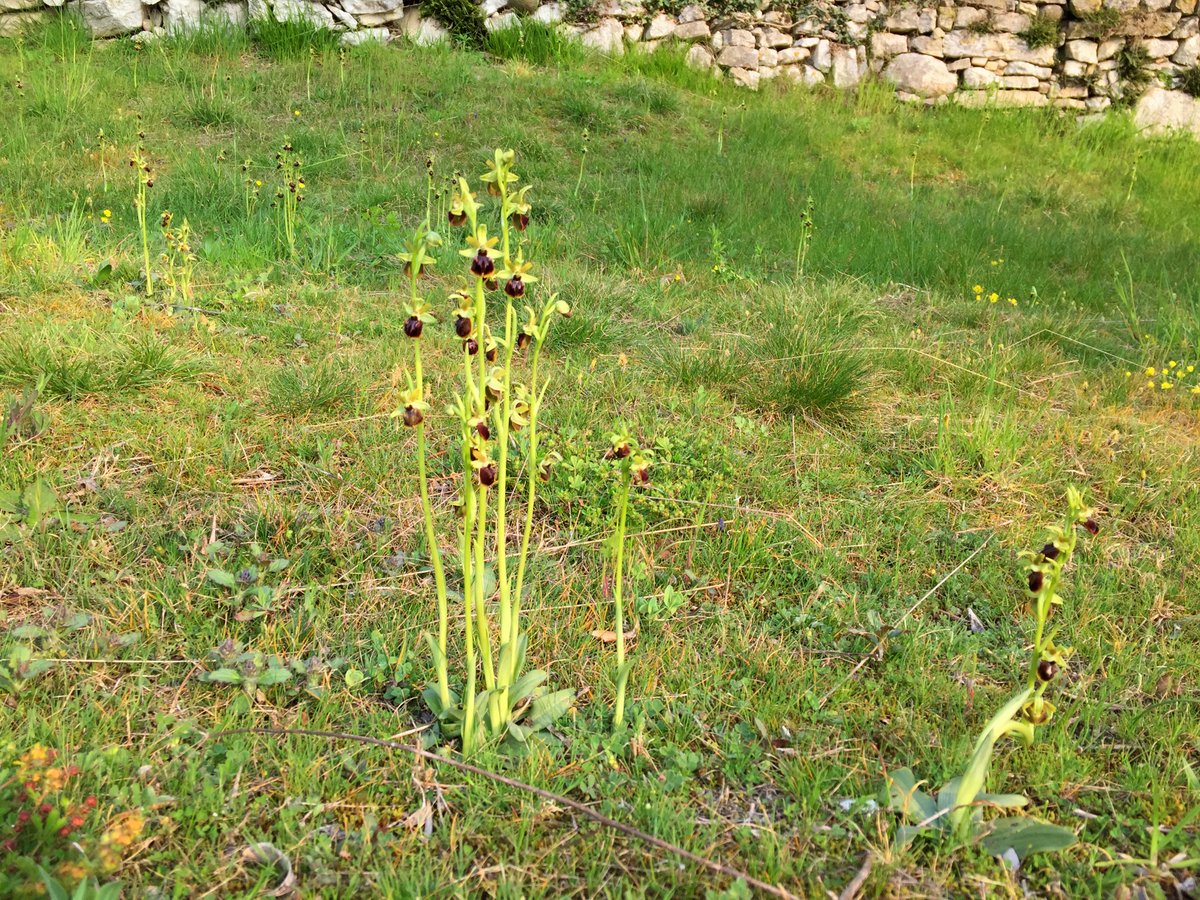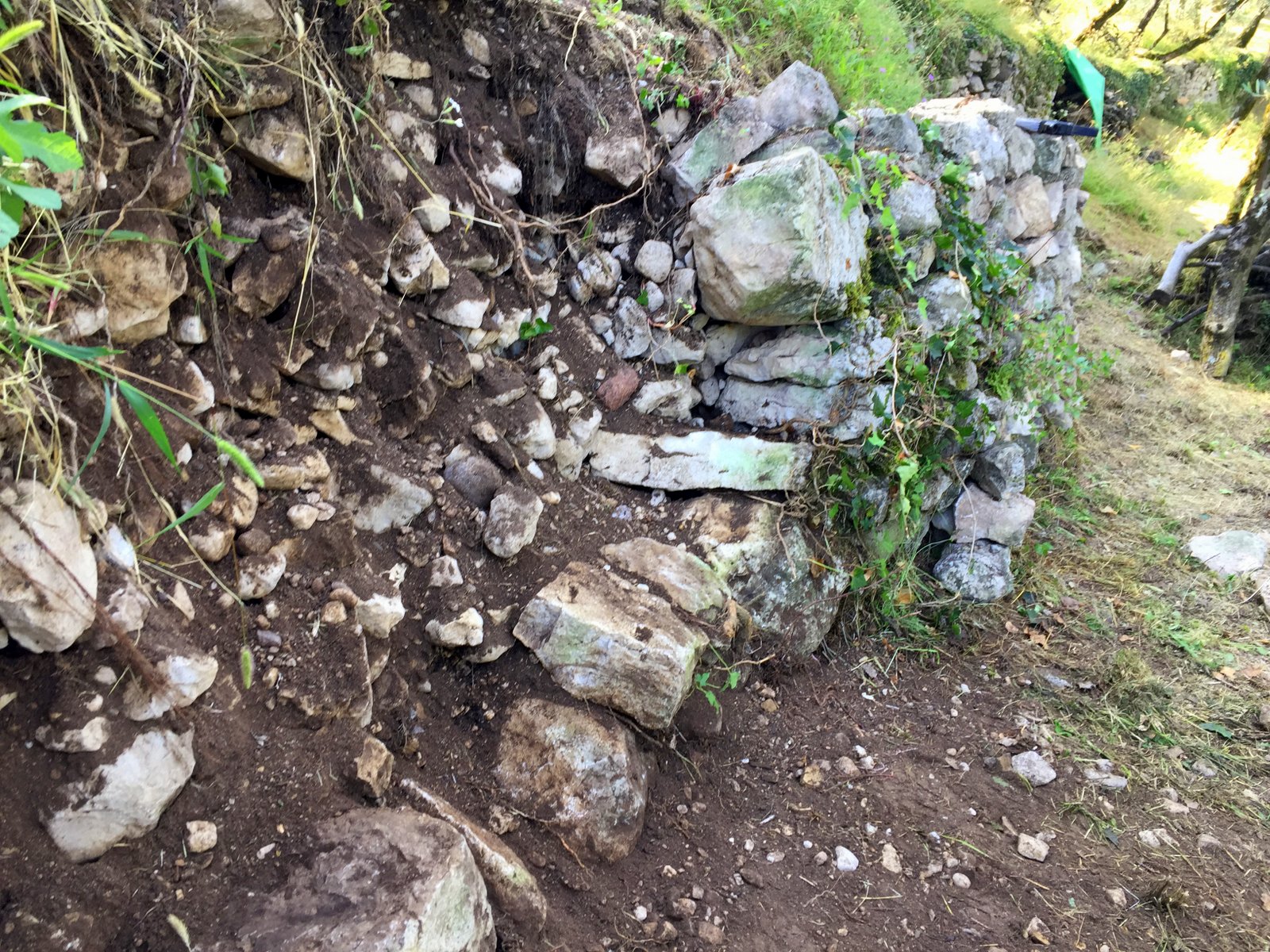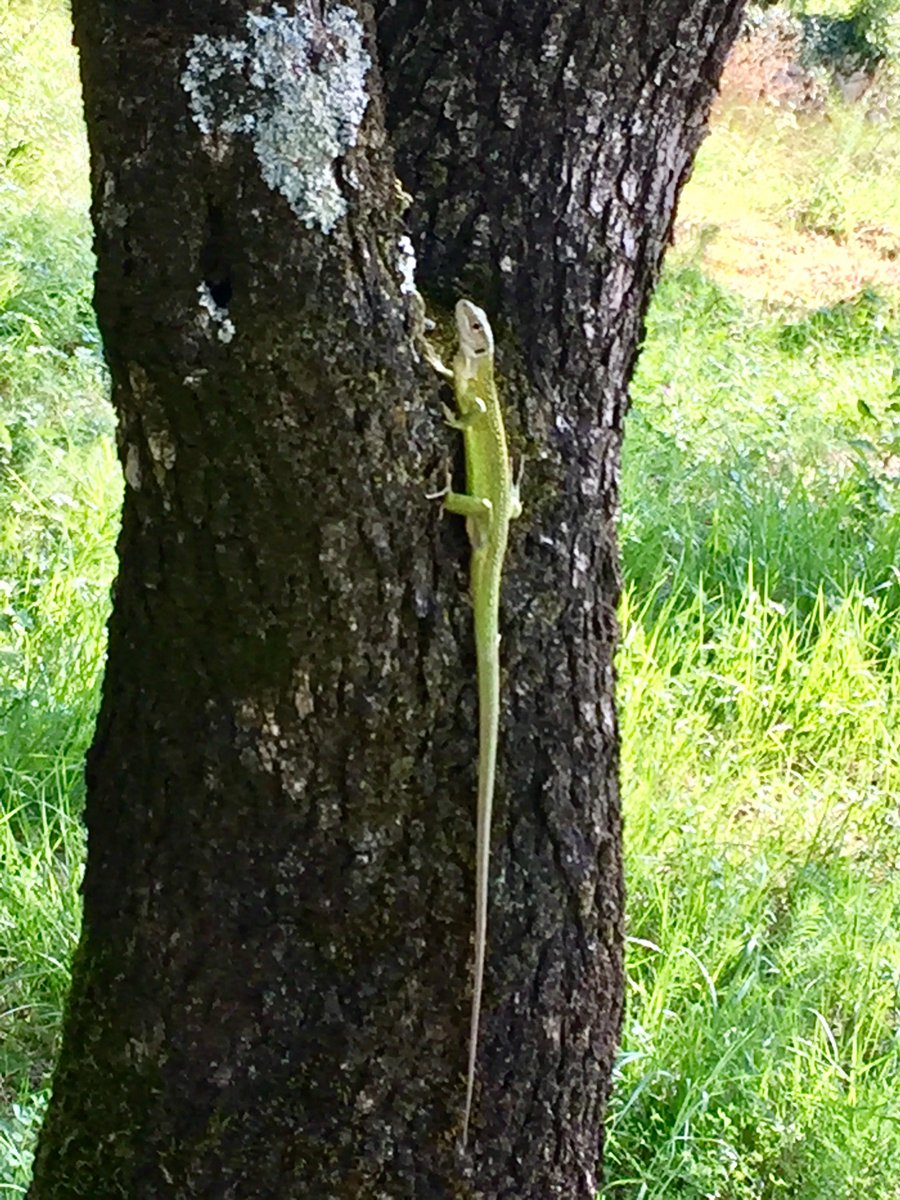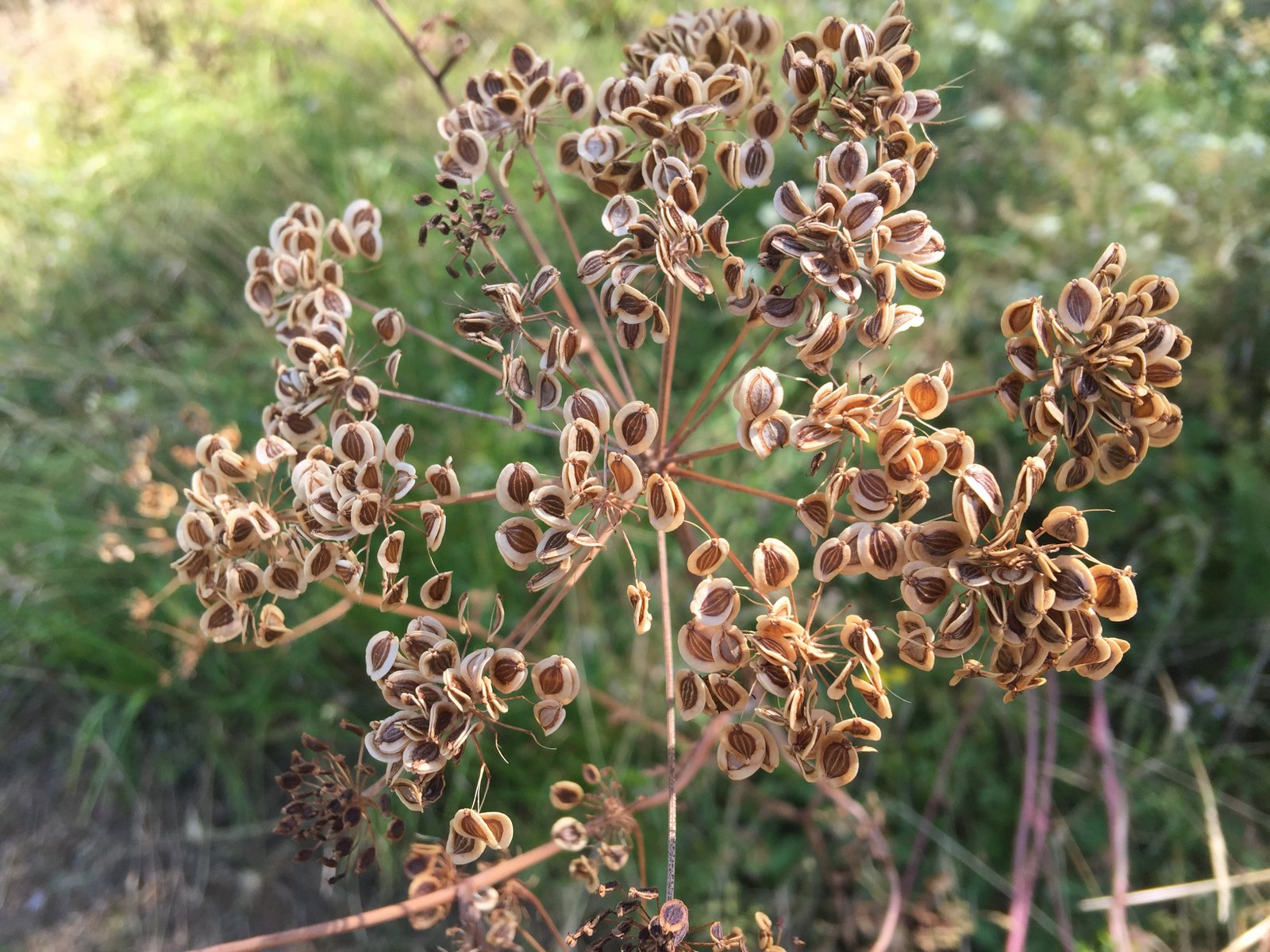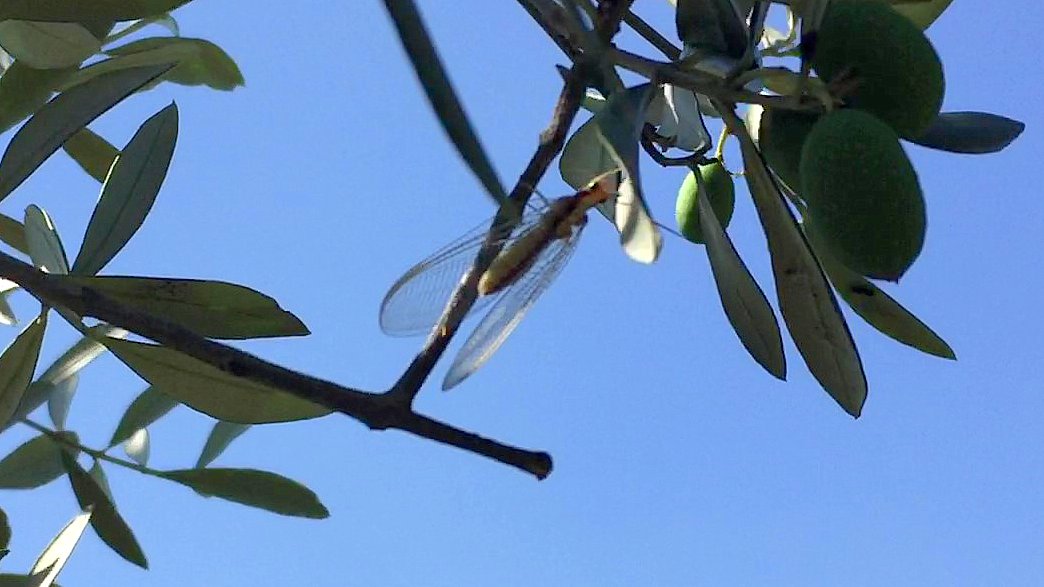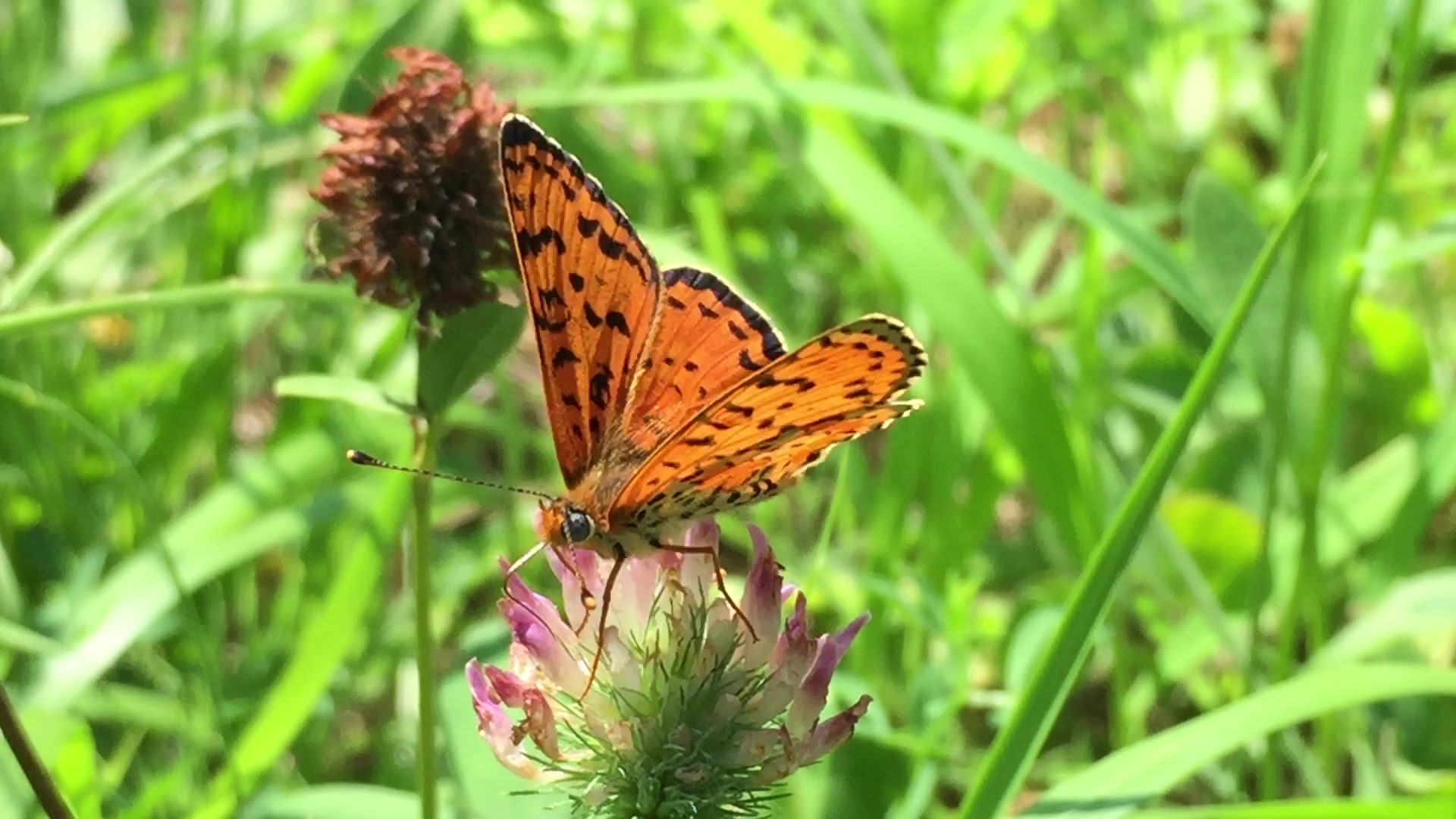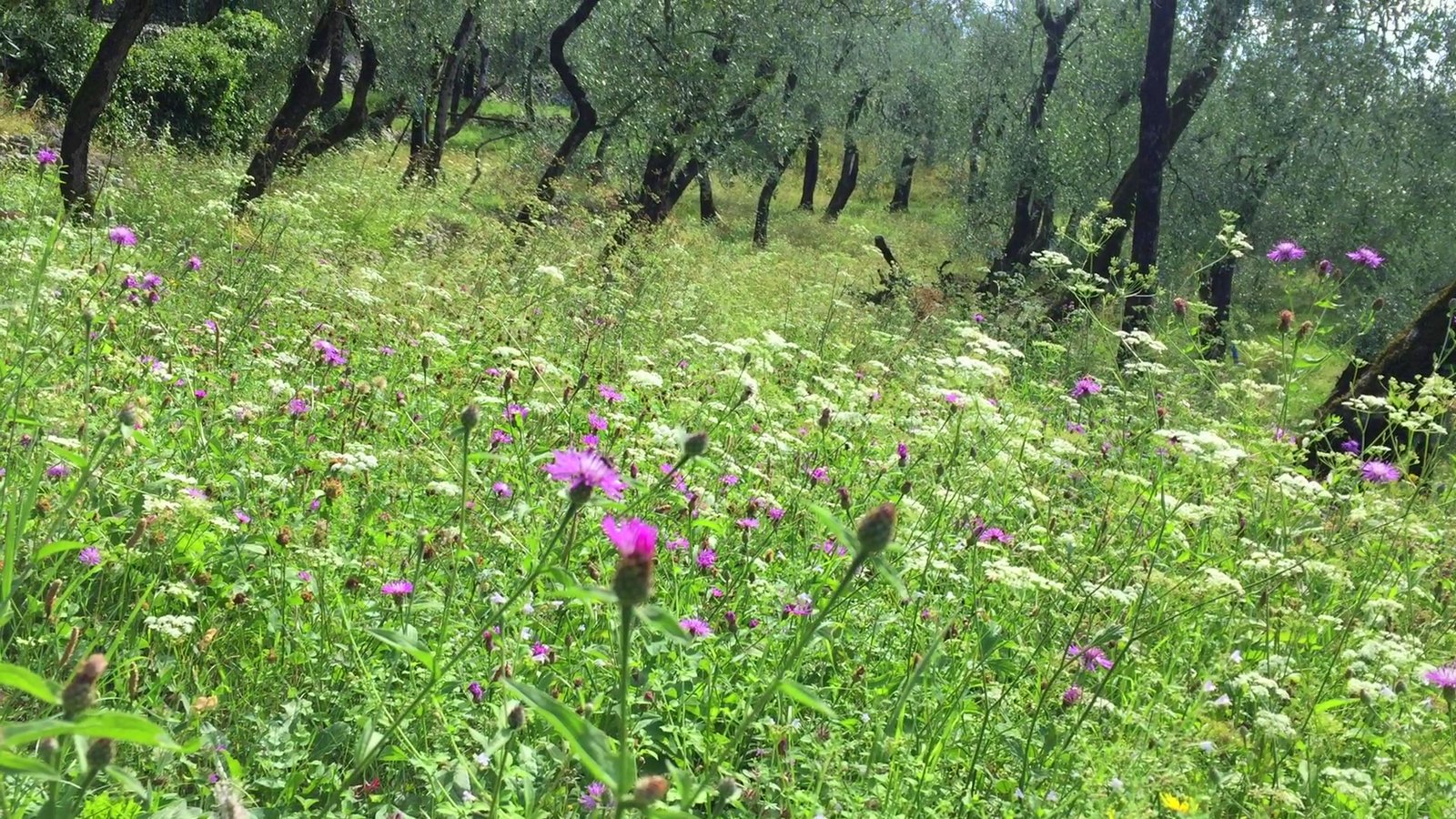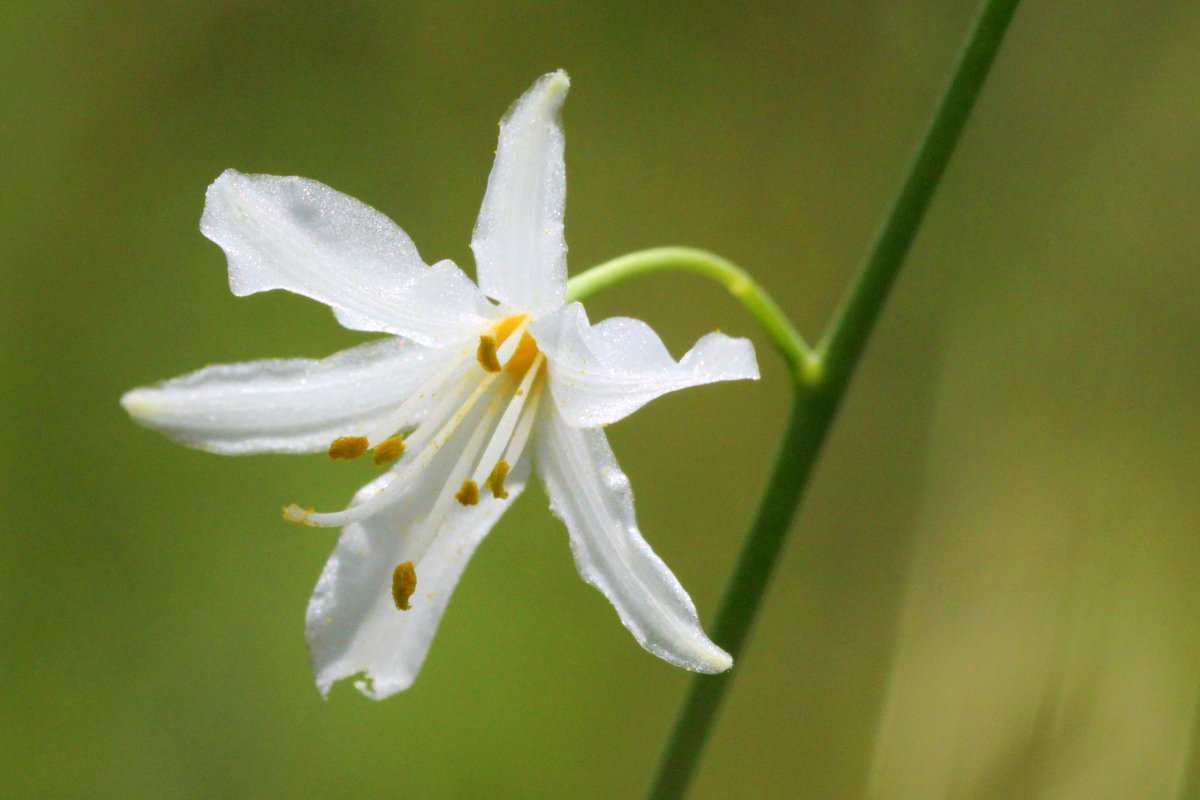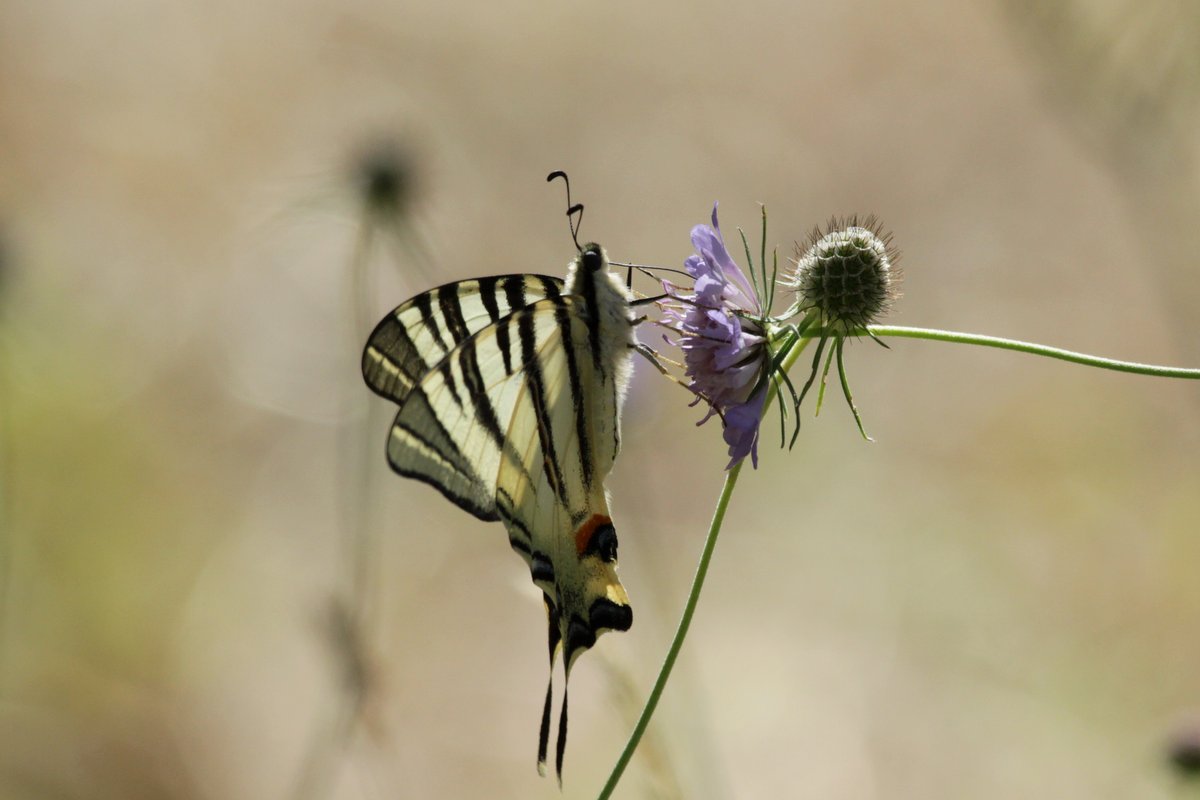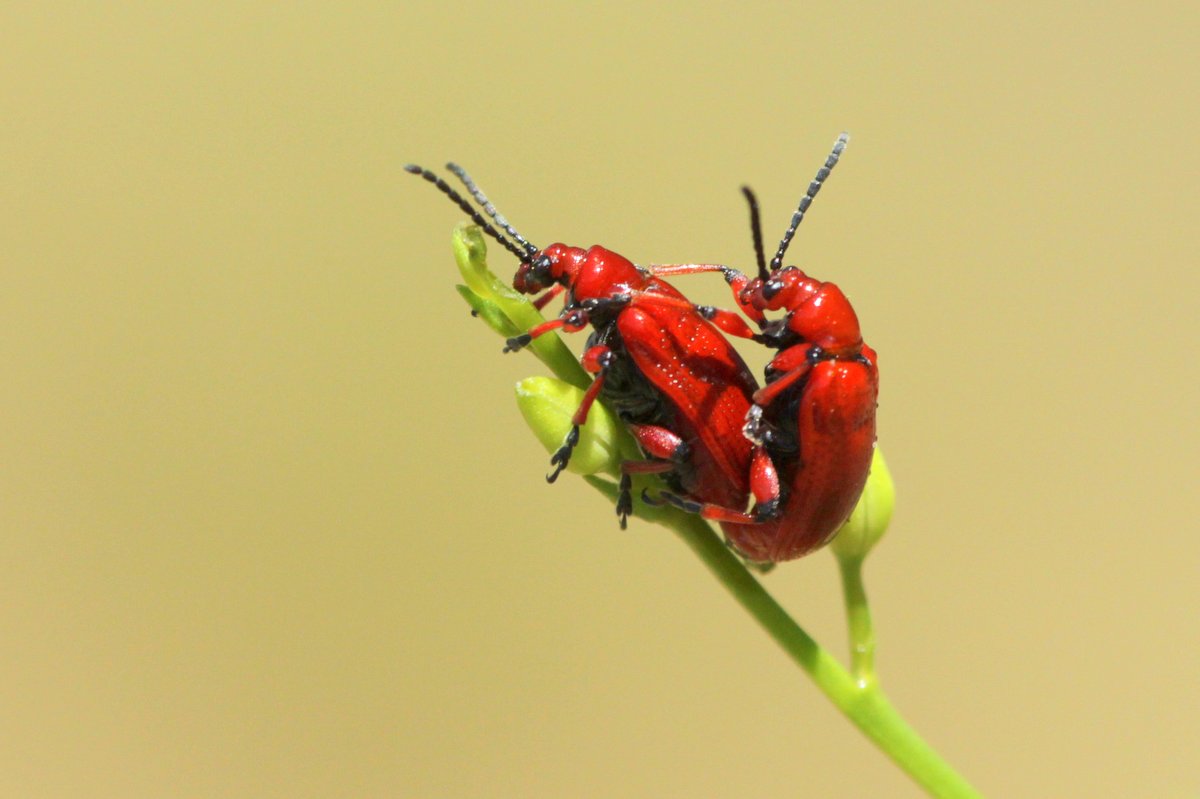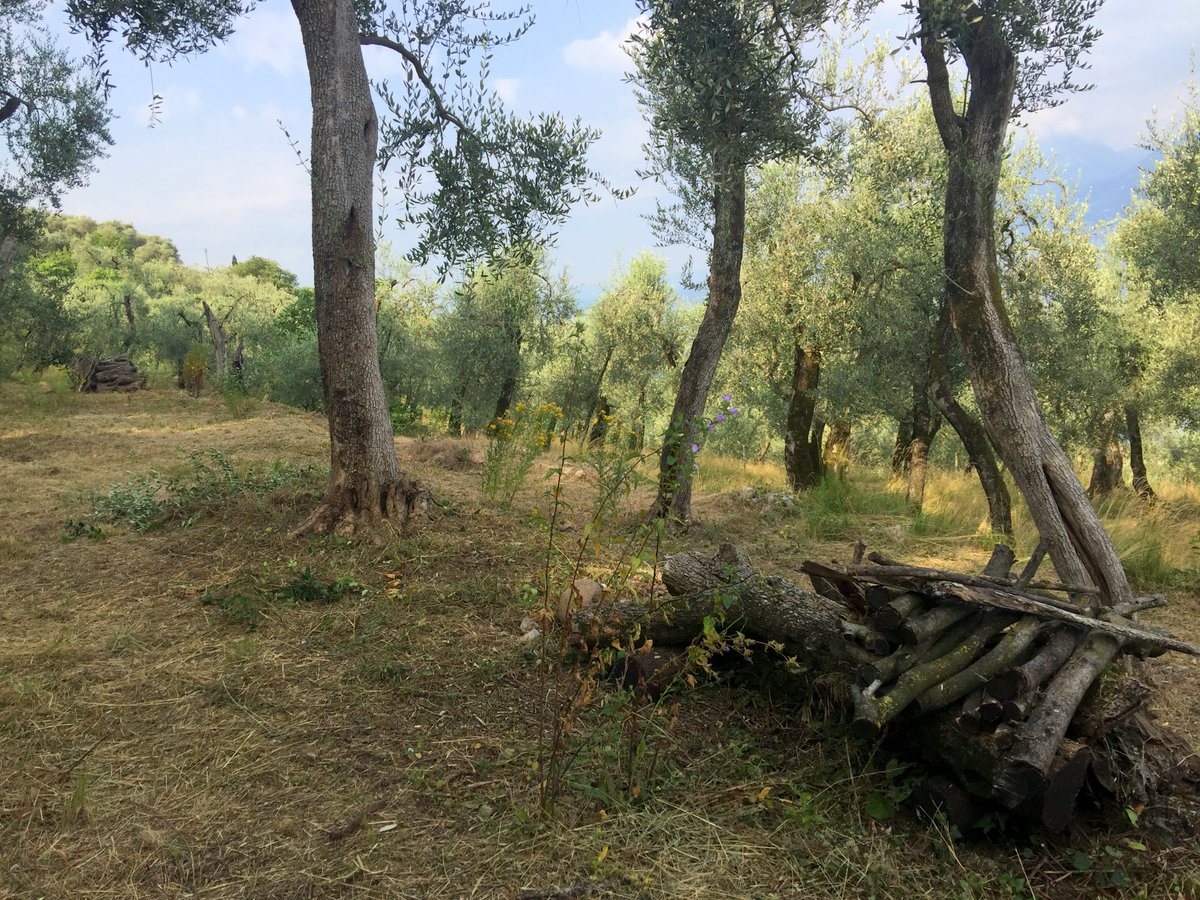On the way to Lake Garda, a stop in Affi to do some shopping. In Italy, masks are also mandatory in shops at the moment. Above all, we keep our distance, it protects better than masks.
Early spider-orchid loves this place
Here the soil has a slightly different vegetation and the spider’s garwort loves this place very much, nowhere else in the Campo does this orchid grow so lush.
Sunday and the best view of the 54 ° Trofeo Gorla

The Brescian Clan-des-Team is ahead when it comes to our doorstep between Assenza and the island of Trimelone.

Then she gets to the buoy quite well.


If everyone gets stuck outside while turning in, the bottom splashes into the water and the ship is additionally braked.
. 
If the jib doesn’t come around right away, the ship is standing! And the Veronese’s X-40 is almost on her stern
Anyone who has ever failed to turn in a strong wind knows the problem. If you don’t have enough speed, the ship’s inertia won’t be enough to turn it in the wind and it just stops. Or as in this regatta, some ships were even pushed back. The problem is even more pronounced with the light ships with their huge sails.
If that happens to me, then the sailing ineptitude. If that happens to a ship that has won seven times and is sitting on the three presidents of the Brescian sailing clubs, the buoy is badly set …

What do you do as a competitor? Whoops on the windward side and the Clan-des-Team remains without wind for a moment. Here the X-40 overtakes the Clan-des-Team

Then the Clan-des-Team takes a less favorable course and the X-40 pulls away.

And there is another boat that has sat down in front of the Clan-des-Team until the finish line. The X-40 boat of the second SSA team. Here at the Trimelone, seven minutes behind.
And what are the Brescians doing, who have been organizing the race for decades? You are now making an additional entry for the winner of the monohull boats! Well the SSA are just Veronese, incidentally stationed in “our” former port in Malcesine (Navene).
The rain front is coming
Today was shopping day, in Campo it is definitely too wet for us! Hopefully it won’t be hailing here. The heavy rain falls from the sky like buckets.
Our figs are ripe and good
Not only do the butterflies like to nibble on figs, Angi also loves them and enjoys the natural sweetness of the aromatic fruit.
Dry stone wall
It is important that the base of a dry stone wall is created correctly. At least 1/5 of the height for flat stones. The base should be set carefully so that the wall can be built with a 75 ° slope. https://youtu.be/mNmIrHSSvEc Round stones can also be used sporadically, but must be supported on the back.
There are several weak points here. You can see a V-shaped incision that opens to the front, behind which stones are placed on round bollards, which are inclined forward and look like a sliding layer. Due to the pressure on the hillside, the wall slipped further and further over time until it collapsed in late spring of this year.
Green Lizard (Lacerta bilineata)
Now in the hot season, with a bit of luck, you might see an emerald lizard. The specimen is 37-38 cm long, so it has almost the maximum length, nice with the whole tail attached. It’s the first time I’ve caught her for a picture!
Silver-washed fritillary (Argynnis paphia)
The silver-washed fritillary is also often found here with its characteristic scent stripes, it can be easily identified.
Dryad (minois dryas)
The Satyrinae are well represented here with their most common species. He likes that I leave parts of the meadow and only mow where it is necessary.
Sunday is chill day
We enjoy our balcony and the mild summer evening.
Hogweed seed umbels (heracleum sphondylium)
The meadow hogweed was also recommended in the past as a means of forcing. Even if the leaves and seeds look clearly different, caution is advised with the umbellifers. Because in my campo there is hemlock, which is then less healthy, or even fatal.
A welcome guest (chrysoperla carnea)
The lacewing in Italy is much larger than north of the Alps. The appetite of their larvae, which thoroughly clears up the baltic aphids, is accordingly. Since I do not use contact poisons, the lacewing can develop freely.
Spotted fritillary (Melitaea didyma)
These butterflies can often be found on the Campo. Here he has chosen a clover blossom. https://youtu.be/-rzBtKkRE7Y
The summer meadow blooms profusely
The lush summer meadows are often visited by the insects. Many wild bees and butterflies like to nibble on the knapweed.
We are back on Lake Garda
There should be another harvest this year. It rained a lot and the olives turned out beautiful. Now you need a sunny September, then nothing stands in the way of a good olive oil.
The dry stone wall has been rebuilt
Dry stone walls offer a popular retreat for many small animals and insects. Lizards, snakes, scorpions and wasps that build their nests there, as Angi recently had to learn painfully.
To build a dry stone wall, the stones must be at least 1/5 the depth of the wall height if they are flat and rest on three points. To counteract the earth pressure, the wall should be inclined at 75 ° against the slope.
After completion, I tested the newly laid path and the wall. She has endured this before. https://youtu.be/PxDoTvxTvR4
The branched St Bernard’s-lily (Anthericum ramosum)
Our favorite flower in the Campo. In those days it started to bloom. I have the impression that it has even expanded a bit in recent years.
Tomorrow I’m going home again. I would have endured it even longer, because you can discover something new here every day.
The scarce swallowtail (Iphiclides podalirius)
The scarce swallowtail can often be found here in the Campo, in the thermals it often glides a few meters over the meadows.
Linnaeus gave the scarce swallowtail and the old world swallowtail the species names podalirius and machaon, based on the brothers and ancestors of medicine. Podalirius is assigned internal medicine, diagnostics and psychiatry as he diagnosed the madness of Ajax to the king of Salamis, who then threw himself on his sword during the siege of Troy, out of shame at his madness.
The onion beatle (lilioceris merdigera)
The bright red little beetles live on lily plants. Here on the panicle of grass lily, which is sprouting its panicles these days, but still has closed flowers.
We made it
After a week of weeding, we removed the fleabane from over 1000m2 close together in the new campo and also uprooted the plants on the other plots as usual. Angi did most of the work, a big thank you!
I mowed the new campo on the area where the blackberries were standing, except for a few plants and brought the hay from the older other areas of the campo to promote the diversity of the grasses.



